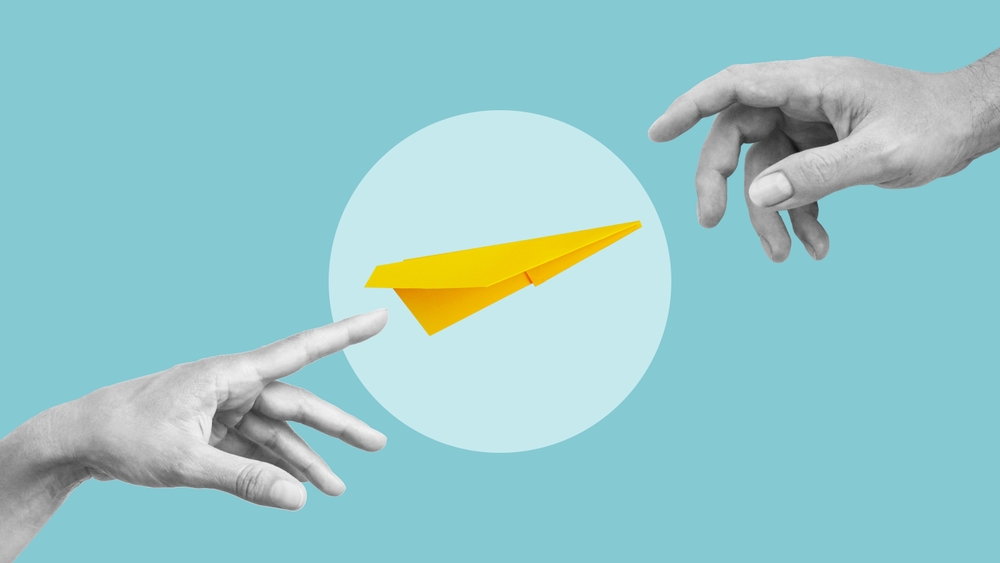E-newsletters, one of the most powerful tools in digital marketing, enable brands to directly communicate with their customers, provide them with valuable content, and prompt them to take action. However, creating a successful e-newsletter requires not just an eye-catching subject line but also the right content, design, timing, and strategy. In this article, we’ll explore the steps involved in creating an effective e-newsletter and the essential aspects to consider.
- 1. What Is an E-Newsletter?
- 2. Why Are E-Newsletters Important?
- 3. The Planning Process for an Effective E-Newsletter
- 4. How to Prepare E-Newsletter Content?
- 5. How Should an Effective E-Newsletter Design Be?
- 6. What Should Be Considered in E-Newsletter Send-Outs?
- 7. Measuring and Optimizing E-Newsletter Performance
1. What Is an E-Newsletter?
An e-newsletter is a message that brands send via email to their customers and subscribers at regular intervals, typically featuring products, services, announcements, or content. These email campaigns allow a brand to communicate directly with its customers, offer valuable information, and drive action. E-newsletters serve both informational and brand loyalty purposes. To be effective, e-newsletters must be well-designed, personalized, and tailored to the target audience. Email send-outs can be enriched with various content such as promotions, news updates, event invitations, blog posts, and special offers.
2. Why Are E-Newsletters Important?
E-newsletters are an indispensable part of digital marketing strategies. This tool helps brands maintain constant communication with their customer base and can increase sales. Many brands use e-newsletters along with tools like social media and digital ads to reach their audience in a broader and more effective manner. What sets e-newsletters apart from other marketing tools is their ability to provide direct and personal communication. When customers receive personalized and useful information from brands they’ve subscribed to, their loyalty to the brand increases, fostering long-term relationships. This makes e-newsletters a powerful strategy for building customer loyalty.
3. The Planning Process for an Effective E-Newsletter
Creating a successful e-newsletter requires solid planning. Start by defining your goals. What is the purpose of the e-newsletter send-out? Is it to promote a new product, announce a campaign, or build a loyal customer base? Clarifying your goals will help direct your content in the right way. Next, analyze your target audience. Creating content without understanding your target audience can lead to failure. Personalized email campaigns, when combined with proper segmentation and targeting, yield much more effective results. Shape your content strategy considering the demographic data and behavior patterns of your target audience.
4. How to Prepare E-Newsletter Content?
The content of an e-newsletter should be planned in a way that grabs the recipient’s attention. It should both promote your brand and offer valuable information to the recipient. Personalizing your content is essential. UX-focused content attracts the attention of recipients and prompts them to take action. Design your content in a way that resonates with your audience, avoid spelling mistakes, and keep the text simple. Don’t forget that visuals are just as important as the content. Mobile-friendly designs should ensure that visuals are the correct size and of good quality. Additionally, balance the text and visuals to make the content even more engaging.
5. How Should an Effective E-Newsletter Design Be?
E-newsletter design should ensure that the content is understandable and attention-grabbing. A good e-newsletter design focuses on readability, simplicity, and elegance. Headings and subheadings help to organize the information clearly. The combination of colors and fonts makes the e-newsletter more professional and attractive. The mobile responsiveness of the e-newsletter is crucial. Most users check their emails on mobile devices nowadays. If your e-newsletter isn’t mobile-friendly, content may get squeezed, text can become unreadable, and visuals may not display correctly. This reduces user interaction with the email and decreases conversion rates.
6. What Should Be Considered in E-Newsletter Send-Outs?
There are several important factors to consider when sending an e-newsletter. First, timing is crucial. Sending e-newsletters at the right time can increase open rates. Most users tend to check their emails during the morning hours or around lunchtime on business days. However, these times can vary depending on your target audience, so optimize your timing by determining the best time for your audience. Also, it’s essential to test your e-newsletters before sending them out to recipients. Especially testing on different devices ensures that your content looks good. Use A/B testing to experiment with subject lines, content layout, and visuals to create the version that maximizes engagement.
7. Measuring and Optimizing E-Newsletter Performance
Measuring the success of e-newsletter campaigns and optimizing them is vital for continually evolving digital marketing strategies. For performance measurement, metrics such as email open rates, click-through rates, conversion rates, and feedback are used. These data points help you determine which content garnered more interest, which times were more effective, and which user segments were more engaged. Based on the data you gather, you can continuously improve and optimize your e-newsletters. Moving forward, you can leverage personalized content and segmentation strategies more effectively to increase your conversion rates.
euromsg express provides comprehensive email automation software and integrated solutions to enhance the effectiveness of your e-newsletter campaigns. We optimize your digital marketing strategies, improving user experience and conversion rates to make your brand stronger.
SIGN UP FREE